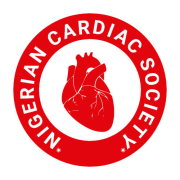

Author(s): Correia D, Resende LAPR, Resende JAM, Silva MA, Resende EAMR and Silva VJD
Introduction: The parameters of pulse wave analysis, an emerging modality, are strong predictors of cardiovascular events and all-cause mortality. Systemic arterial hypertension and type 2 diabetes mellitus promote arterial stiffness, thereby modifying the characteristics of the pulse wave. This study analyzed and compared the pulse wave parameters of patients with diabetes and/or hypertension, using the oscillometric method.
Methods: In this cross-sectional study, the 110 study subjects were divided into three groups: Hypertensive– diabetic, hypertensive, and diabetic. An oscillometric pulse wave test was performed using Mobil-O-Graph® PWA equipment. The following variables were assessed: Age, body mass index, augmentation index, pulse wave velocity, peripheral arterial pressure, and central arterial pressure.
Results: The mean age of the study population was 61.3 years (standard deviation: 1.2). The mean body mass index was 29.3 kg/m2 (standard deviation: 2.9). The hypertensive–diabetic group had the highest mean pulse wave velocity and peripheral and central arterial pressure values. Moreover, the systolic peripheral and central arterial pressures of the hypertensive–diabetic group were significantly higher than those of the other two groups (p<0.05). All analyzed parameters were strongly correlated between the diabetic group and the hypertensive group (p<0.0001).
Conclusion: Patients with overlapping cardiovascular risk factors of diabetes and hypertension had the highest PWV and peripheral and central arterial pressure values. Hypertension and diabetes, as isolated conditions, were equivalent in their alterations of pulse wave analysis parameters.